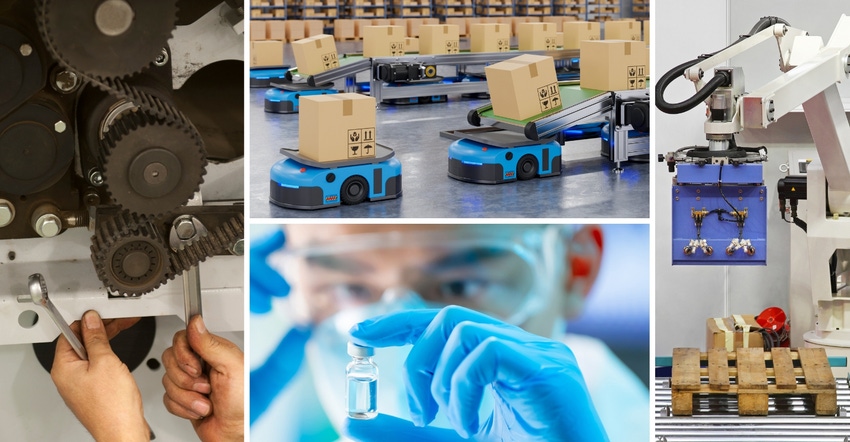4 Growth Areas for Artificial Intelligence Within Packaging
Are you harnessing the power of AI in your packaging operations? If not, here are the best places to focus.
January 19, 2023

We use artificial intelligence (AI) every day. Start typing a word and the phone gives a suggestion. Searches and video recommendations are other examples so common we seldom think about them.
Ask four people to define artificial intelligence and you will likely get at least five answers. It’s a broad field and all may be correct, in context.
When it comes to packaging and particularly packaging operations and machines, simplest is best: AI is the ability of a machine to mimic human thought and behavior.
Here are four AI applications coming soon to your packaging plant if they are not already there:
AI is finally giving predictive maintenance some real teeth.
1. Maintenance.
Maintenance managers have always struggled to get maintenance levels right. Too little and machines will break down and/or damage product. Too much incurs excessive downtime, labor, and materials costs. AI is finally giving predictive maintenance some real teeth. Temperature, pressure, vibration, strain, current, and other sensors show real-time operating conditions. AI monitors them and predicts when problems will occur. It can alert the operator to stop the machine now or schedule a bearing replacement on the weekend or the next scheduled maintenance. Which one will depend on how close the machine is to actual failure.
2. Palletizing.
Pallet loads of mixed merchandise are becoming more common, especially at distribution centers. Operators might have to decide how best to stack three bundles of paper towels, seven cases of beans, and four cases of water on a pallet. If you can even find workers these days, getting them to do it the same way twice is probably impossible.
AI can automatically pick the goods, load them in order on a conveyor, and send them to a robotic palletizer. The robot uses a camera to identify each product, location, and orientation. AI tells the palletizer where to put it on the pallet for optimal loading every time.
3. Inspection.
Human inspection of vaccine vials will never be 100% reliable. Particles, defects in the vial, and small air bubbles may look similar. Automated inspection machines spin the vial as they capture video. Bubbles will rise, particles will sink — and AI can tell the difference. Small glass distortions may be acceptable, but cracks never are. AI learns what is good and sorts out the bad. It will do it at speeds over 300 to 400 vials per minute with high reliability.
4. Autonomous vehicles.
Guided autonomous vehicles have evolved from wires in the floor and beacons to programmed routes. These limited flexibility and imposed extra costs.
Today’s Autonomous Mobile Robots (AMRs) have done away with all of that. Rather than being programmed, they carry an embedded map of the building. When the AMR needs to deliver a load from warehouse to a packaging line, the AI consults the map and determines the optimal route. If that route is blocked or the destination changes, it can autonomously choose an alternate route..
When not in use, the AMR finds the nearest charging station to assure that it is always topped up.
The above examples may sound futuristic, but they are available and in use now. AI will make everyone’s job easier while allowing everyone to perform better.
About the Author(s)
You May Also Like


